
Restoration

Abatement
OUR SERVICES
what do we offer
Our Services
BC GREEN provides four primary restoration service categories: Asbestos Removal, Mould and Lead removal along with Demolition services by our professionally trained and certified teams. Supplementary services are also offered through our local network of colleagues and companies to our customers.
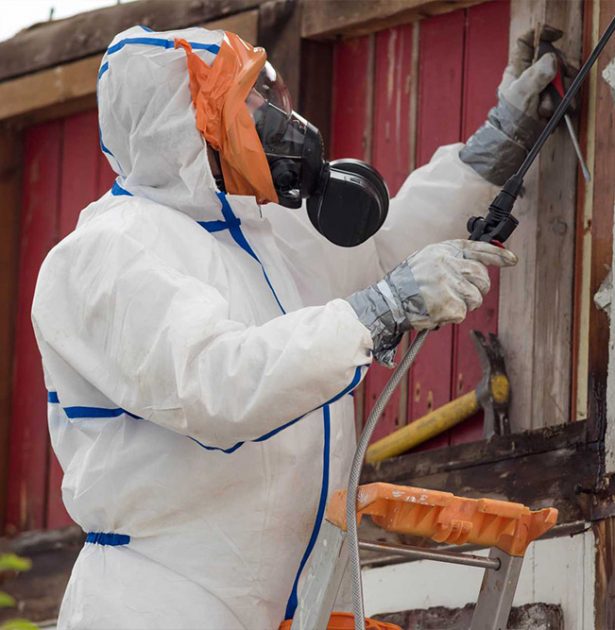
Asbestos Abatement Vancouver
Asbestos can be lingering in common building materials, such as: insulation, flooring, plaster, textured ceilings,drywall roofing shingles, and etc.
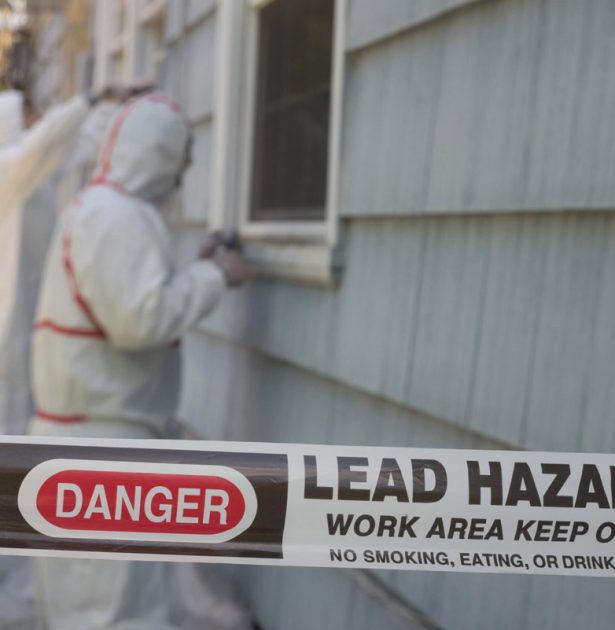
Lead Abatement Vancouver
According to current research, lead is a naturally occuring element found in the Earth’s crust. It can be toxic to humans and animals health.
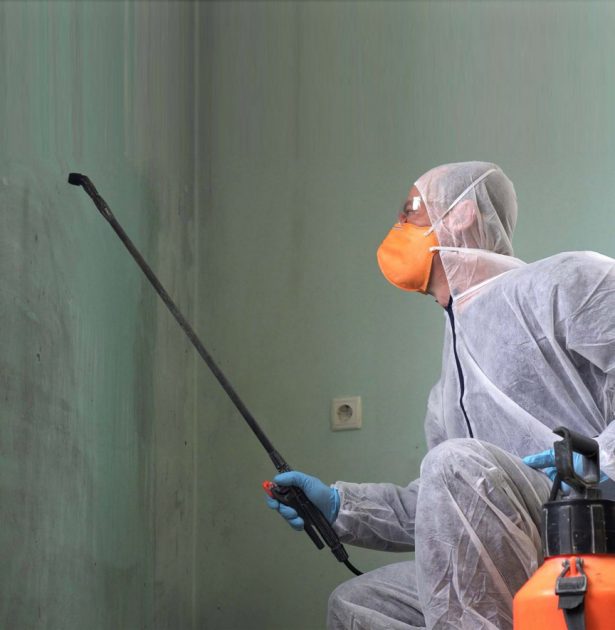
Mould Remediation
Mould is known to grow rapidly in drywall, insulation, carpet and fabric as a result of water damage which can be catastrophic to health.
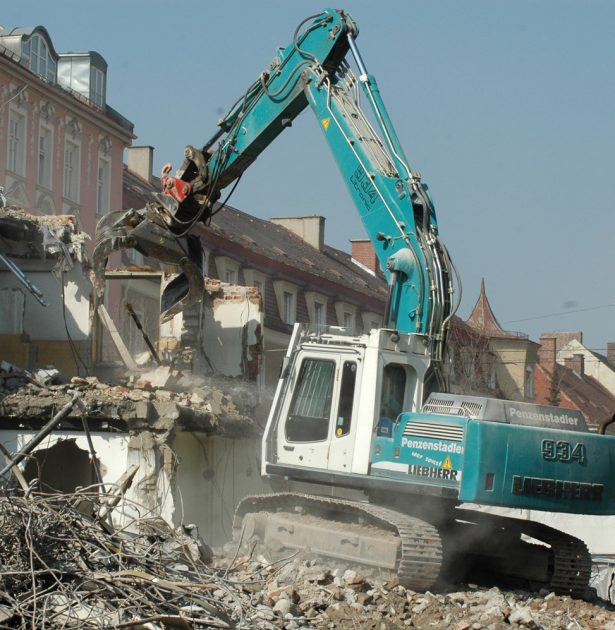
Demolition Company Vancouver
BC Green is a demolition company offering construction demolition services in all Vancouver Area.
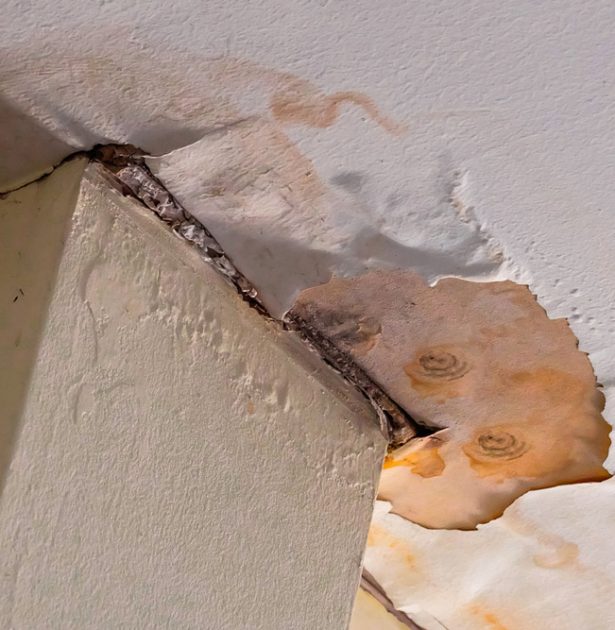
Water Damage
Flooding, sewer back up, burst and leaking pipes, appliance and plumbing overflow can all contribute to significant property damage.
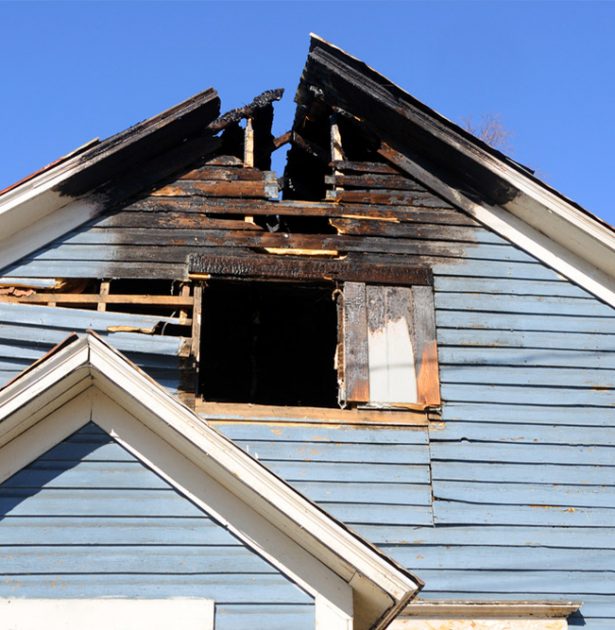
Fire Damage
Damage from a fire, smoke and water, can destroy a home or facility and the owner’s precious possessions and memories along with it.
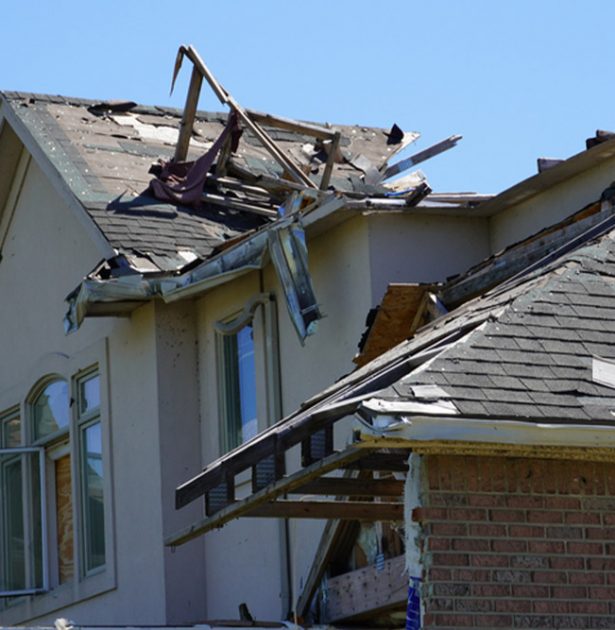
Wind Damage
Wind, lightning, ice storms, tornadoes and hurricanes can result in severe property damage which can also lead to structural issues.
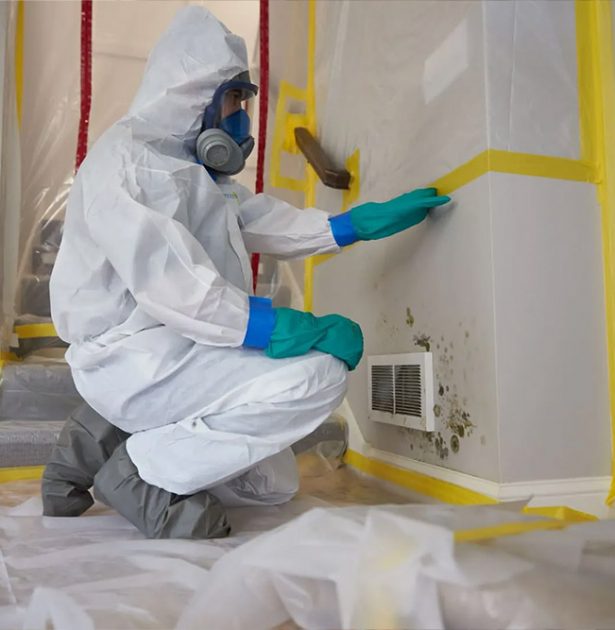
Biohazard Disposal Vancouver
Unlike standard cleanings, biohazard cleanup is a service that requires expertise, specialized equipment, and appropriate certifications.

Get to know us more
Rely on us
We Have What It Takes
At BC Green Demolition, we are specialized in property restoration, demolition and asbestos removal in Vancouver. We are proud to bring efficient, responsive and innovative solutions to our clients’ asbestos removal, cleaning, and restoration needs for residential, commercial, and industrial buildings.
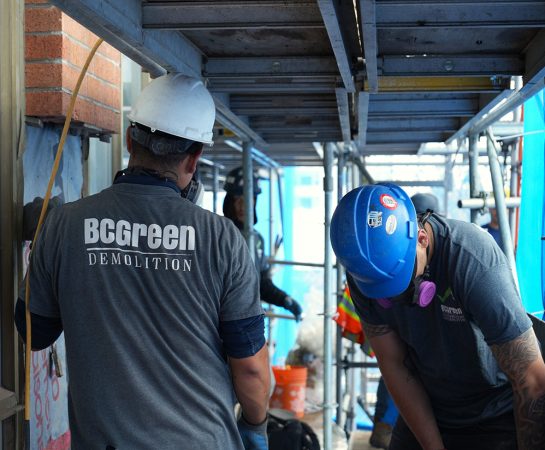
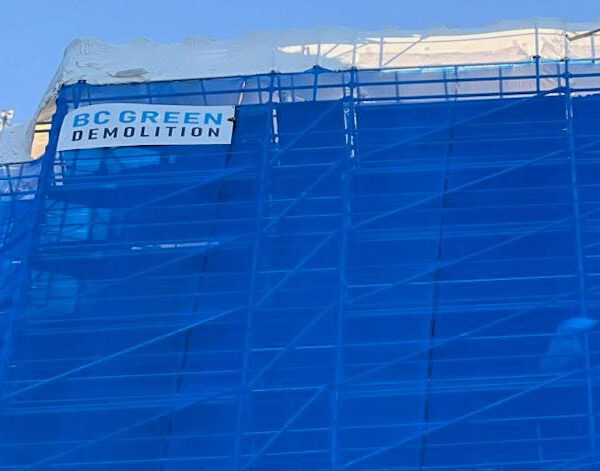
Pacific Promenade
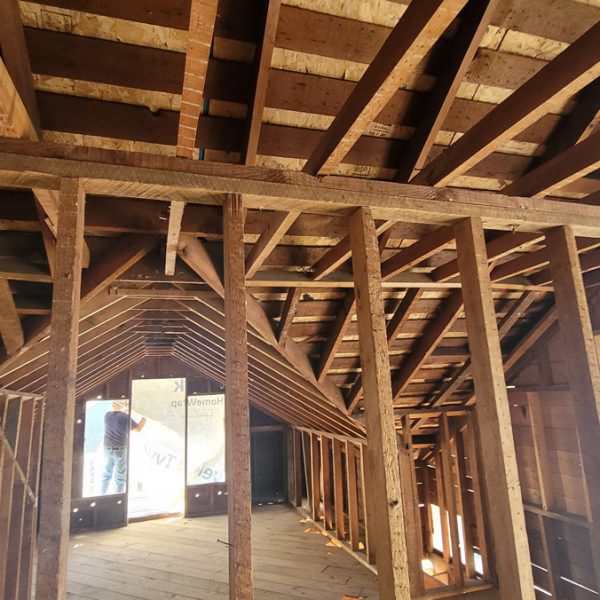
West 37, Vancouver / Abatement & Interior Demolition
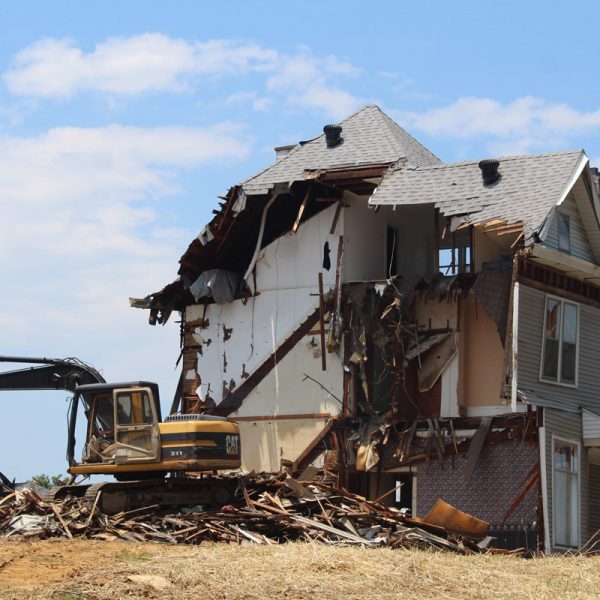
PW Whitehouse
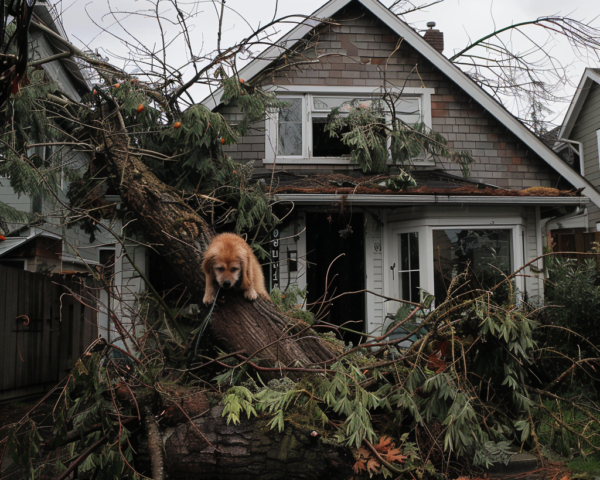
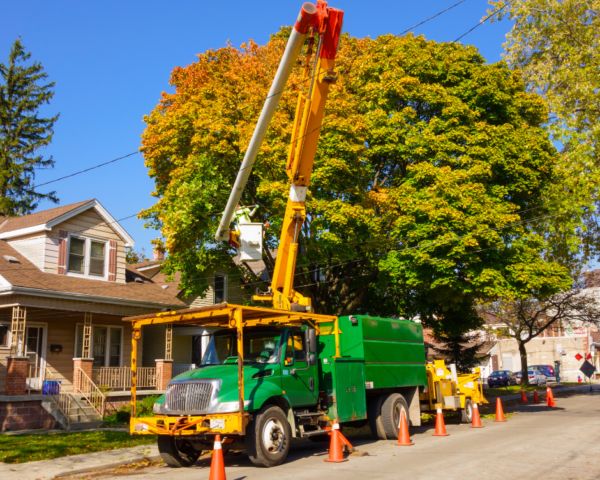
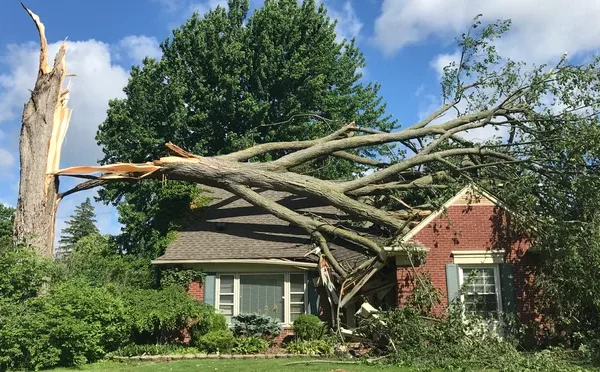
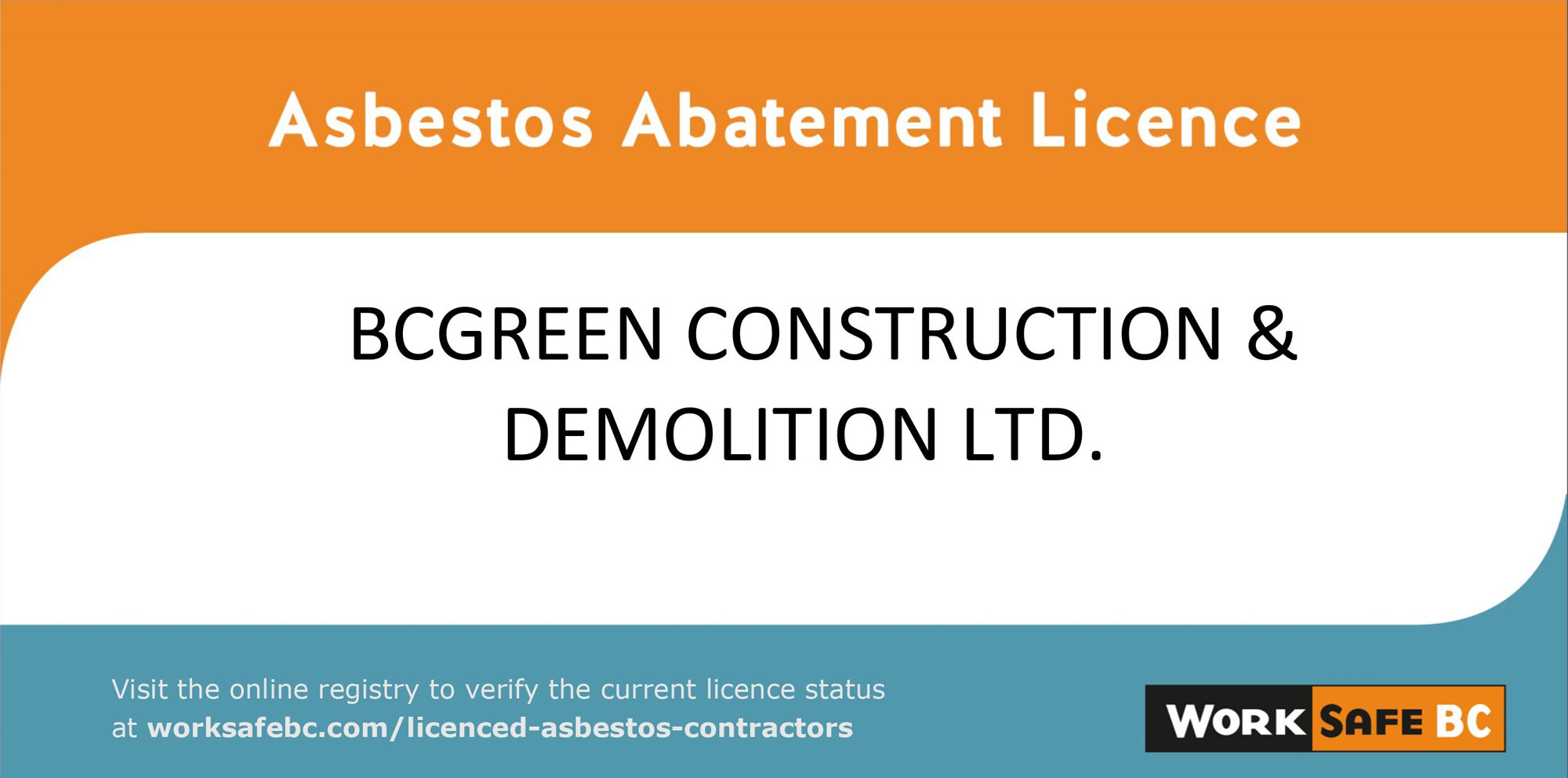

Why Our Asbestos Removal Company in Vancouver?
Asbestos Removal Company with Experience
Our legacy in Vancouver speaks for itself. As a trusted asbestos removal company, we have successfully completed numerous projects, ensuring the safety and well-being of residents and businesses alike. Our team of professionals is trained to handle asbestos with utmost care, ensuring that every trace is removed and disposed of safely.
Cost-Effective Asbestos Disposal
We understand the concerns related to the cost of asbestos removal. At BC Green Demolition, we offer affordable asbestos removal packages without compromising on quality. Our transparent pricing ensures that you get the best value for your money.
Comprehensive Asbestos Removal Services Vancouver
Residential Asbestos Removal Company
Whether it’s single-family homes or multi-unit residences, our team is equipped to handle asbestos abatement projects of any scale. We ensure that your home is free from asbestos, making it safe for you and your loved ones.
Commercial Asbestos Removal Vancouver
From office spaces to retail outlets, commercial establishments in Vancouver trust BC Green Demolition for efficient and thorough asbestos removal. We understand the intricacies of commercial spaces and ensure minimal disruption to your business operations.
Municipal/Governmental Asbestos Removal Services
Our expertise extends to public buildings and government offices. We adhere to strict regulations and standards, ensuring that governmental properties are asbestos-free and safe for public use.
Safety Standards in Asbestos Removal Company
Strict Industry Standards
At BC Green Demolition, we follow strict standards set by the industry. Our certified and trained teams are well-versed with the latest techniques and equipment, ensuring that asbestos is removed safely and effectively.
Immediate 24/7 Emergency Service
Emergencies can arise at any time. Our rapid response teams are available 24/7, ensuring that any asbestos-related emergency is addressed promptly and efficiently.
Beyond Asbestos Removal Company: Other Services
Mould Remediation
Beyond asbestos removal, we specialize in mould remediation. Our prevention and treatment methods ensure that your property remains mould-free, contributing to a healthier living environment.
Lead Abatement
Lead can pose serious health risks. Our safe and efficient procedures ensure that lead is removed from your property, making it safe for occupancy.
The Leading Asbestos Removal Company
Our Commitment to Quality
Our commitment to quality is unwavering. From the initial consultation to the completion of the project, we ensure that our clients are satisfied with our services. Don’t just take our word for it; hear it from our happy customers who vouch for our excellence.
Sustainability and Environmental Responsibility
At BC Green Demolition, we believe in a sustainable future. Our green initiatives and practices ensure that while we remove hazardous materials, we do so in an environmentally responsible manner.
FAQs For Asbestos Removal Company
What asbestos removal services does BC Green Demolition offer in Vancouver?
BC Green Demolition provides comprehensive Asbestos Removal Services in Vancouver, including asbestos abatement, safe disposal, and property restoration for residential, commercial, and industrial buildings.
Is BC Green Demolition an experienced asbestos removal company?
Yes, BC Green Demolition is a leading asbestos removal company with a legacy of successfully completed projects in Vancouver, known for their expertise and adherence to strict safety standards.
How does BC Green ensure the safety of Asbestos removal in Vancouver?
The safety of asbestos removal is ensured by employing a team of professionals trained to handle asbestos with utmost care, following strict industry standards for removal and disposal.
What is the cost of asbestos removal with BC Green Demolition?
BC Green Demolition offers affordable asbestos removal services. They provide transparent pricing to ensure clients receive the best value for their investment, balancing cost-effectiveness with high-quality service.
What are the office hours for BC Green Demolition's Asbestos Removal Services?
The office hours for BC Green Demolition are Monday to Friday from 8:00 AM to 7:00 PM, and Saturday from 9:00 AM to 7:00 PM. They are closed on Sundays.
Does BC Green Demolition offer emergency asbestos removal services?
Yes, BC Green Demolition provides immediate 24/7 emergency services for asbestos removal, ensuring fast and reliable response times for urgent needs.
How does BC Green handle Asbestos Disposal?
BC Green Demolition follows environmentally responsible practices for Asbestos Disposal, ensuring that all asbestos materials are safely removed and disposed of according to industry and regulatory standards.





